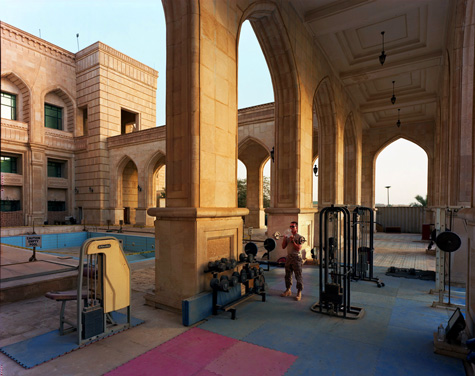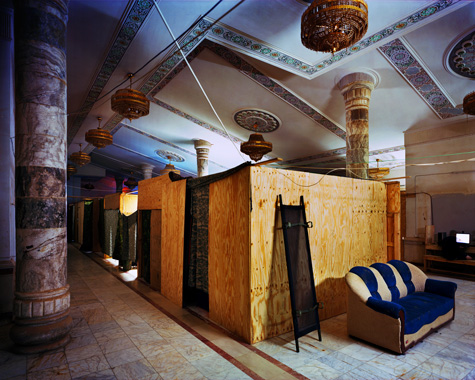PARIS—At a press conference Tuesday, the World Heritage Committee officially recognized the Gap Between Rich and Poor as the "Eighth Wonder of the World," describing the global wealth divide as the "most colossal and enduring of mankind's creations."
"Of all the epic structures the human race has devised, none is more staggering or imposing than the Gap Between Rich and Poor," committee chairman Henri Jean-Baptiste said. "It is a tremendous, millennia-old expanse that fills us with both wonder and humility."
The wealth gap, compared to some monuments (The Onion)
"And thanks to careful maintenance through the ages, this massive relic survives intact, instilling in each new generation a sense of awe," Jean- Baptiste added.
The vast chasm of wealth, which stretches across most of the inhabited world, attracts millions of stunned observers each year, many of whom have found its immensity too overwhelming even to contemplate. By far the largest man-made structure on Earth, it is readily visible from locations as far-flung as Eastern Europe, China, Africa, and Brazil, as well as all 50 U.S. states.
At first I was going to make a joke about how the wealth gap could be part of the Intangible Heritage list, which includes "traditions or living expressions inherited from our ancestors". Among which inequality is certainly one.
But although neoliberalism and postmodern urbanism have tried their best to make class differences literally intangible by making poverty invisible, the inability to see the wealth gap is a selective blindness, shared only by the rich. From the archaeological point of view, the unequal distribution of wealth in the 21st century will leave very tangible material traces, especially in the development contrasts between the global south and the global north. The wealth gap is indeed a 'structure' in the sense that it organizes people's ability to consume material things, where they can go, even the chemistry of their bodies. Archaeologists who find skeletons from our era will be able to infer class from the chemicals in our bones. A monument more visible (but hopefully not more permanent) than the great structures of the past.





